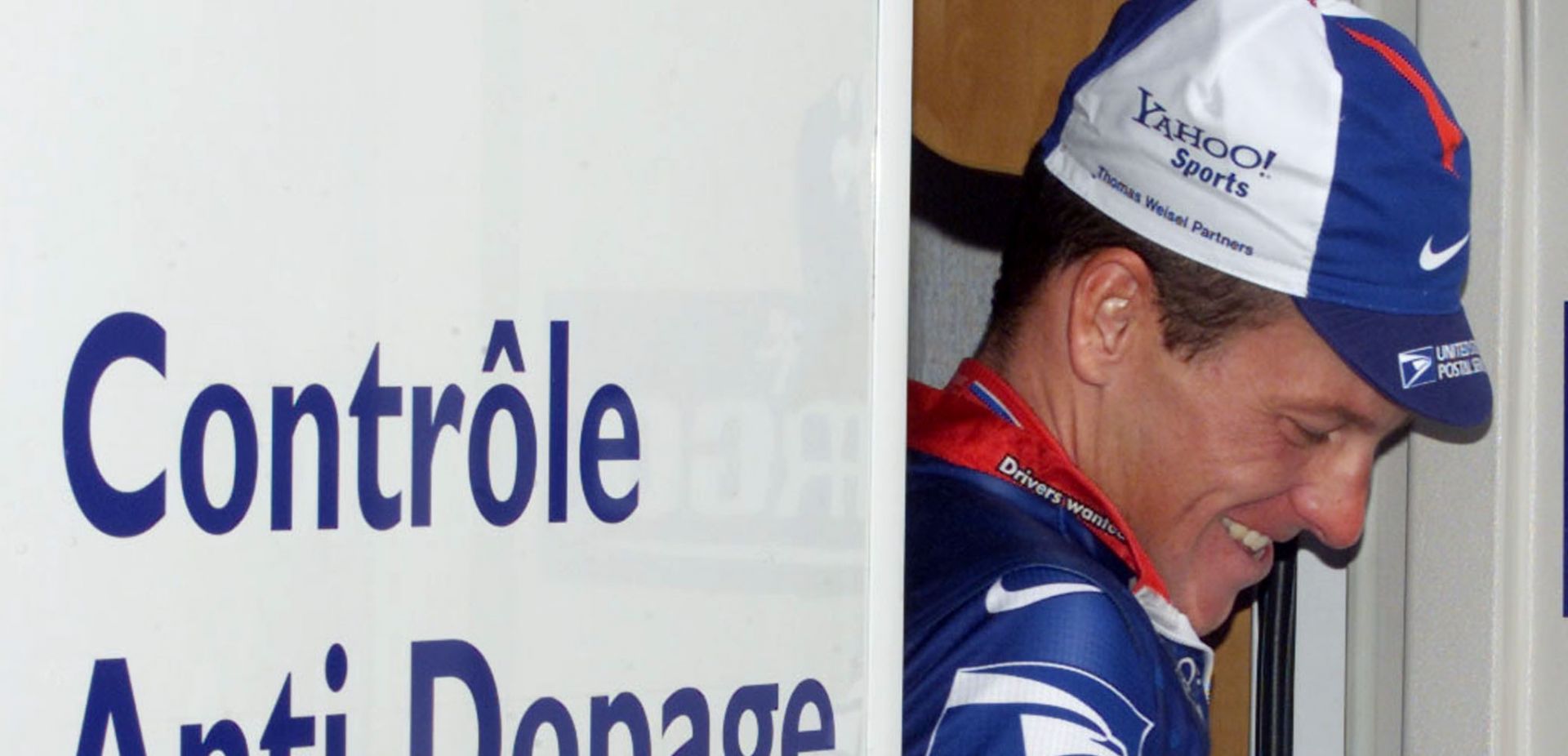Prominent talents, enormous sums of money, cutting-edge technology, and a phenomenal organisational structure in the sports industry do not prevent individuals from seeking the added value that doping provides.
Doping has become something akin to the Holy Grail. The difference is that nobody seeks it because access to it is easy, but without it, motivation and belief in success diminish. This applies not only to athletes but also to coaches and officials.
 SIGN UP TO OUR PAGE
SIGN UP TO OUR PAGE 
Today, no athlete trusts their rival. They either know or suspect that their competitor “is using”. Therefore, they see no reason for personal abstinence. They consider stepping into their opponent’s shoes as a necessary choice. After all, why should they lose to someone who is less talented but better enhanced? That’s how they explain it to themselves and proceed.
Victories and medals bring tangible benefits. Good results pay off more than average. This gives rise to a peculiar paradox. Contemporary sports might be one of the few areas of life where the phrase “positive result” carries a negative connotation.
This Holy Grail has an undeniable influence on sports communities. Norway serves as an example. In this picturesque country known for its pristine nature and clean air, it is difficult to find an athlete who does not have asthma.
And that’s not all. Evidence indicates that they must have asthma to pursue professional sports. Asthma requires treatment, and medications can contain various substances, including banned ones, which effectively mask the alleged illness and real therapy.
Once, the Norwegians sent a junior team to Italy for a cross-country skiing championship. All the children had asthma and were taking medication. When the media pressed the team’s supervisors, the coaches explained that cold weather harms asthmatics, so it was for their health protection. However, at that time, the temperature on the Italian slopes was 15 degrees Celsius above zero.
Norway has a population of 5 million people. To have a strong sports presence, which they do, they cannot rely on chance. Preparation-perfection and precise training are the foundations of their success. Therefore, they created an organisation called Olimpiatoppen, which centrally trains elite athletes in various disciplines, not just skiing. They work with the best coaches, doctors, physiotherapists, supported by state-of-the-art technology. In short, they have established a central factory of excellence.
And what do they gain from it? Naturally, they achieve many positive results in various arenas and an increasing number of “positive results” in laboratories, which triggered a reaction from WADA, threatening to suspend the Norwegian anti-doping agency.
The main reason was the internal regulations regarding doping control, or rather, the clever circumvention of international rules. According to the Norwegian concept, underage athletes cannot be tested without parental consent. This regulation applies to athletes aged 15 to 18. In other words, it’s okay when a nearly eighteen-year-old young athlete comes for a test hand in hand with their father. It’s not okay when a zealous controller shows up where the young athlete trains to check them.
This clearly turns monitoring principles upside down, where unannounced visits by agency officers are paramount. Moreover, it undermines the purpose of the entire oversight. It’s worth noting that many ski jumpers have won significant medals before reaching adulthood.
Double standards
The Norwegian invention is surprising, but the American one is even more so. The U.S. Senate passed a law that allows the United States to prosecute foreign athletes for doping while excluding a large part of American sports from its provisions. And it became quite amusing.
The law is called the “Rodchenkov Act” (named after the former head of the Moscow laboratory who is hiding in the USA). Its creators are very pleased because it “improves conditions for those who do not cheat” in the fight for clean sports.
Well, it’s good, but not too good, as my friend would say. And WADA sees it that way too, which is why they are grumbling. In principle, they are not against it, although they are not explicitly in favor of it either. After all, concern for all the honest athletes in the world should also apply to all the honest athletes in the USA.
However, the extraterritorial clause is a Pandora’s box from which political demons will surely emerge in a retaliatory response: if Uncle Sam goes against us, we will get mediaeval on them... Honestly, this law is ridiculous and was created by hypocrites.
When it comes to doping, Americans have just as many skeletons in their closet as the Soviets or the comrades from East Germany. Władzio Komar, who liked to know what was going on, revealed secrets about both American and German throwers in “this matter”. He learned a lot.
East Germany had the status of the “Black Beast” at that time. It was seen as an empire of evil in the world, even though three-quarters of the globe were already tainted by doping, and all useful information spread like a virus through unofficial channels.
It was in California that the BALCo laboratory was established. In theory, it was a nutrition centre for athletes, but in practice, it was a mega-doping facility. It didn’t matter that the US government didn’t control it, as athletes from across the country and global clientele of foreign stars utilised its services.
When it came to nutrition, the facility’s employees were open to the needs of their customers. Downstairs, simple anabolics were provided, while upstairs, they concocted the enhanced THG. The range of sports disciplines included track and field athletes, basketball players, football and american football players, cyclists and so on.
As for Armstrong, he also burdens the account of the US Anti-Doping Agency. Allegedly, they held evidence against him in the closet for a couple of years, allowing him to win for the glory of the USA. They cut him off when he aged and no longer promised outstanding success. Moreover, the media attacked them and criticised their actions.
The “me first” mentality unites the world of sports in the so-called fight against doping. The American law illustrates this quite well. It is unknown what knowledge senators have about doping. But they shout “Catch the thief!” Of course, abroad. And that can be unsettling.
Grandma is already home...
Every country has its own form of doping charade. However, the essence remains the same everywhere. It’s about chasing the rabbit, not catching it. The less they catch, the less noise surrounding it, the worse it is for the cause. Relative silence highlights the magnitude of horror.
In an atmosphere of deceit, new generations are growing up and getting involved in sports. Kids see nothing wrong with using doping. It’s not just in Kenya that they pump themselves up to the max. Perhaps they see it as a game of hide-and-seek or tag. In any case, the problem is growing.


 SIGN UP TO OUR PAGE
SIGN UP TO OUR PAGE 





